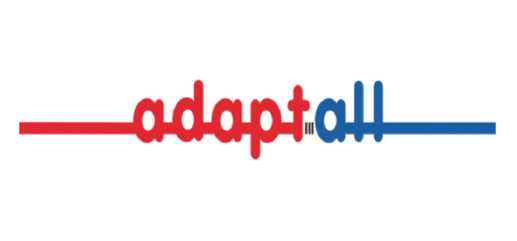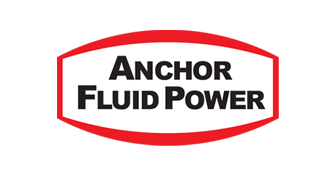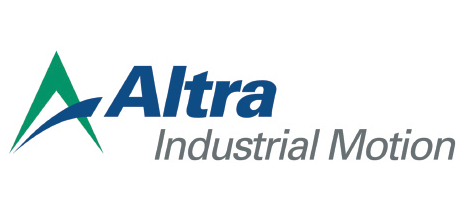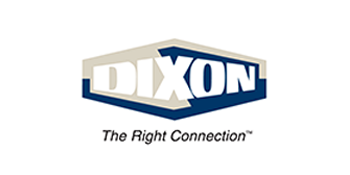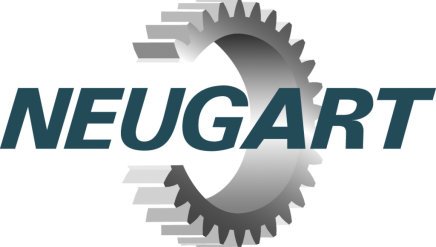Picture this: You’re on the job and notice a leak in a hydraulic hose on your equipment. You automatically jump into troubleshooting mode and focus on fixing the problem at hand. Before jumping to a quick fix, take a second to pause and think about the best way to solve the problem. You might be tempted to turn to the internet for advice, but there is a lot of misinformation out there; you need to turn to the experts.
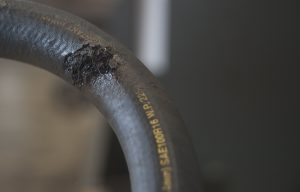 Any reputable hose distributor or hose repair shop will not repair a hydraulic hose. That’s because hydraulic hoses are only meant to be replaced. Replacing is the only way to ensure that a hydraulic hose assembly is safe. When hoses are compromised, they become very dangerous. Hydraulic fluid is not compressible, and when pressurized, it creates a large amount of power: up to 2,100-5,000 psi on the high end. Operation of hydraulic equipment is a hands-on endeavor, and when a hose failure occurs, it can be in the presence of people, possibly resulting in serious, irrevocable injuries.
Any reputable hose distributor or hose repair shop will not repair a hydraulic hose. That’s because hydraulic hoses are only meant to be replaced. Replacing is the only way to ensure that a hydraulic hose assembly is safe. When hoses are compromised, they become very dangerous. Hydraulic fluid is not compressible, and when pressurized, it creates a large amount of power: up to 2,100-5,000 psi on the high end. Operation of hydraulic equipment is a hands-on endeavor, and when a hose failure occurs, it can be in the presence of people, possibly resulting in serious, irrevocable injuries.
Minimizing the chances of a failure includes conducting proper maintenance. Don’t patch hoses or try any other methods of repair. There are plenty of places that advertise hose repair as a service, but these methods are frowned upon, and for good reason. Repairs are temporary fixes, and they don’t actually
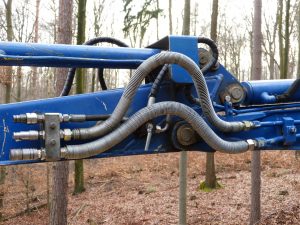
solve the problem at hand. The structural integrity of a hose is compromised as soon as it leaks, so attempting to patch a leak for a “quick fix” just makes a hose more susceptible to bursts.
There are certain situations where cutting corners might be OK, before a proper solution can be implemented. However, this is never the case when hydraulics are concerned. To reiterate, hydraulic
systems are seriously pressurized. There is a lot that can go wrong when proper safety measures are not followed.
Replacing hydraulic hoses is the safest and best way to go. If you have an in-house crimper, you could create a new hose for yourself with the properly-rated hose and fittings. If you don’t have such equipment or expertise (or time), it’s best to go to a trusted supplier who can quickly create a durable, reliable replacement.
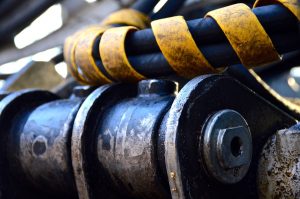
One of the best ways to prevent a hose from failing is to replace it before it wears too far. How often should you replace hoses? Longevity depends on many factors, including the environment and the type of hydraulic hose. The answer varies greatly, but as a general rule of maintenance, hoses and fittings should be replaced every 1-2 years. If you’re unsure about whether a hose needs to be replaced or have any question, the answer is probably a resounding yes. When in doubt, go the safe route.
One of the best ways to prevent a hydraulic hose failure is to create the hydraulic hose assembly right the first time, with quality materials and by the hand of an experienced professional. Peace of mind lies in preparedness.When a failure occurs, though, do not take the repair shortcut, as it will end up costing you more in the long run.




